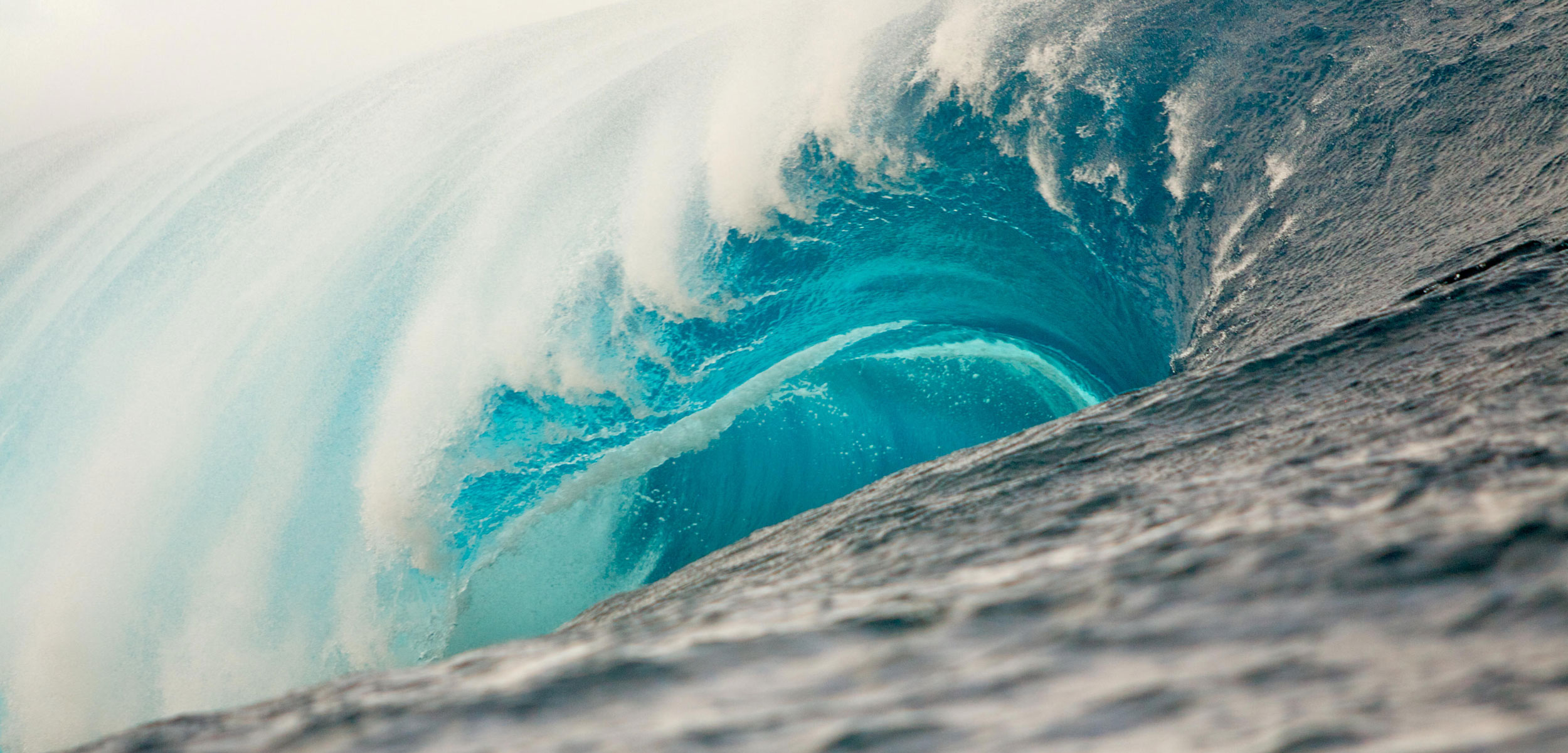Climate Change Is Going to Supercharge Waves
We know about sea level rise, but new research shows that in some places waves will get bigger and stronger, too.
Article body copy
For surfers looking to ride them, and inhabitants of low-lying coasts hoping to avoid them, waves are best when they are predictable. While it has long been possible to forecast the surf a few days out, projecting how climate change will affect the behavior of waves in the coming decades has been much more difficult—until now.
New research by scientists with the Coordinated Ocean Wave Climate Project (COWCLIP) reduces some of this uncertainty and shows that, if unchecked, climate change will significantly alter how and where waves break—with potentially catastrophic consequences.
Since the 1990s, scientists have been projecting changes in global sea level, but they have not been able to accurately predict trends in waves. Joao Morim, an environmental scientist at Griffith University in Australia, and the COWCLIP team, however, have integrated more than 150 wave and climate models to create the first unified wave model covering the entire planet.
The improved model found that if the climate warms beyond 2 °C, the size, intensity, and direction of waves across half of the world’s oceans will drastically change by the end of the century. In some parts of the northern hemisphere, like the east coast of the United States, waves will get smaller and weaker; in other areas, such as on Australia’s southern coast, waves will get bigger and more powerful. If countries fail to rein in carbon emissions, the waves that break on southern Australia will be 15 percent larger by 2100.
In some places, these changes are already happening. Since the 1980s, 28,000 square kilometers of coastline have eroded due in part to sea level rise, while larger swells have led to severe storm inundation in some Pacific islands. By 2100, flooding to coastal areas could cause up to US $14-trillion in annual damage.
Morim says the shifts in wave behavior stem in large part from the effect warming has on global weather systems, such as the movement of the wind belt that circles Antarctica. By influencing the latitude of this circular current, increases in atmospheric greenhouse gases have been linked to more frequent periods of low atmospheric pressure over Antarctica, which lead to a strengthening of wave-generating winds. If climate change is not curbed, this trend will be reinforced in the coming decades.
Combining bigger waves with rising sea levels could be disastrous for coastal communities, says Morim. Higher sea levels could “lead to more wave energy being carried to shore, meaning faster erosion and dangerous storms.”
Stephen Flood, a coastal adaptation researcher with the MaREI Centre for Marine and Renewable Energy in Ireland who was not involved in the study, agrees that changing wave behavior has dangerous consequences for coastal areas. “Any increases in mean wave height could certainly make coastal communities more vulnerable.”

